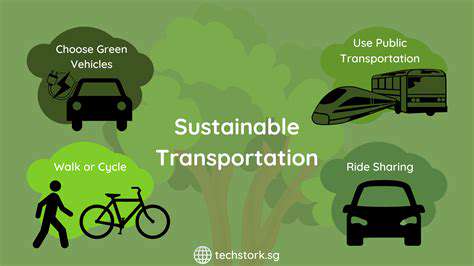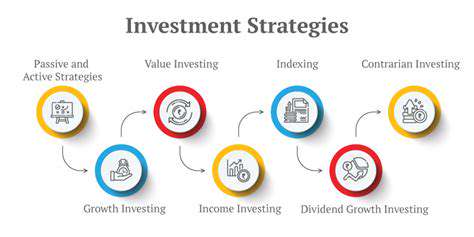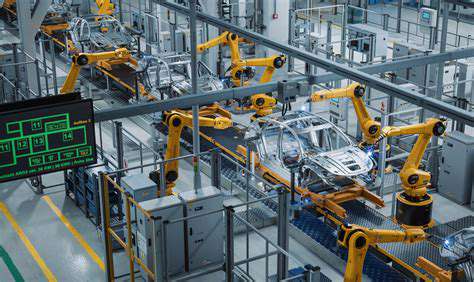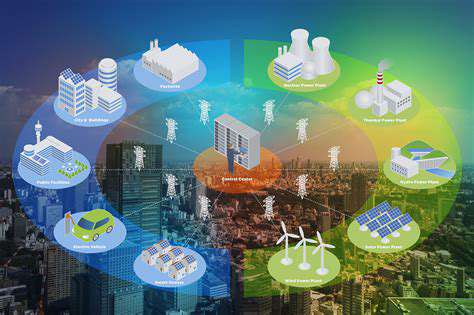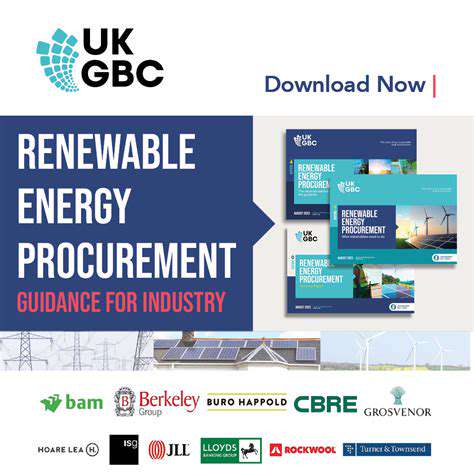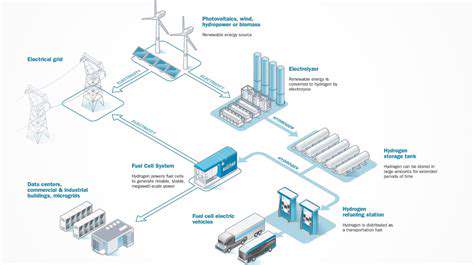The Role of Big Data in Wind Energy Advancements Optimization
Modern wind farms have evolved beyond calendar-based maintenance, instead relying on condition monitoring systems that assess real-time equipment health. Vibration analysis, oil particulate monitoring, and thermal imaging provide early warnings of component degradation. This shift has reduced unplanned outages by up to 50% in some installations while extending equipment service life.
The most advanced systems employ edge computing to process data locally, triggering maintenance alerts within milliseconds of anomaly detection. This real-time capability is particularly valuable for offshore installations where access is limited and failures are especially costly.
Reduced Costs Through Proactive Measures
A single avoided catastrophic failure can justify years of predictive maintenance investment. Consider the cost difference between replacing a few worn gearbox bearings versus an entire destroyed gear assembly. Preventative interventions typically cost 30-40% less than emergency repairs while causing minimal production disruption. Inventory management also improves when parts replacement becomes predictable rather than reactive.
Improved Equipment Lifespan and Reliability
Continuous monitoring allows maintenance teams to address issues during early degradation phases rather than waiting for complete failure. This graduated approach reduces cumulative damage, with some operators achieving 20% lifespan extensions on major components. Reliability-centered maintenance strategies have reduced turbine failure rates by up to 70% in some European wind farms.
Enhanced Operational Efficiency and Safety
Predictive systems create maintenance windows during low-wind periods, maximizing energy capture during productive times. Safety improves dramatically when technicians address problems before they become hazardous - no one wants to service a turbine with imminent bearing failure. Automated alert systems ensure critical issues never get overlooked in busy maintenance schedules.
Data-Driven Decision Making
The most successful operators create feedback loops where maintenance outcomes improve future predictions. Every repaired component provides validation data that refines predictive algorithms. This continuous learning approach creates compounding accuracy improvements over time.
Integration with IoT and Automation
Modern turbines contain hundreds of IoT sensors feeding data to centralized analytics platforms. Some newer models even incorporate robotic inspection systems that autonomously assess blade condition. This level of automation enables round-the-clock monitoring that would be impossible with human inspectors alone.
Energy infrastructure decisions have profound ecological ramifications. Poorly sited wind farms can disrupt migration patterns, while transmission lines may fragment habitats. Thoughtful planning must balance clean energy needs with conservation priorities to achieve true sustainability.
Improving Resource Allocation and Site Selection
Optimizing Wind Farm Locations
Modern site selection combines meteorological data with advanced fluid dynamics modeling. Supercomputers simulate wind flow over complex terrain, identifying microsites with optimal energy potential while avoiding problematic turbulence zones. These models now incorporate decades of weather data to account for climatic variations.
Predicting Wind Resource Variability
Machine learning algorithms analyze historical patterns to forecast seasonal and diurnal wind variations. Some operators use ensemble modeling that combines multiple prediction methods for greater reliability. These forecasts inform everything from turbine selection to maintenance scheduling.
Assessing Environmental Impact
Comprehensive environmental assessments now leverage GIS technology to map potential ecological conflicts. Radar systems monitor bird and bat activity, while underwater acoustics assess marine mammal presence for offshore projects. The most responsible developers adjust turbine placement and operation based on these findings.
Improving Resource Allocation through Predictive Modeling
Advanced optimization algorithms help operators balance capital investment with expected energy yields. Some models simulate different turbine configurations across virtual landscapes to identify the most productive arrangements before breaking ground.
Enhanced Turbine Performance and Maintenance
Performance data from existing installations informs new turbine designs. Engineers analyze failure modes and operational stresses to develop more robust components. This continuous improvement cycle drives the industry toward ever-higher reliability standards.
Optimizing Energy Grid Integration
Smart grid technologies help balance variable wind generation with demand. Advanced forecasting allows utilities to schedule conventional generation more efficiently, while energy storage systems smooth out short-term fluctuations.
Enhanced Grid Integration and Energy Management
Improved Grid Stability and Reliability
Modern grid operators employ sophisticated stability algorithms that anticipate and mitigate the impacts of wind variability. Phasor measurement units provide real-time grid health monitoring, while automated control systems make millisecond-scale adjustments to maintain frequency stability.
Optimized Energy Storage and Dispatch
Battery storage systems now play a crucial role in integrating wind power. Advanced control software determines optimal charging/discharging cycles based on price signals and grid needs. Some systems even provide ancillary services like frequency regulation.
Predictive Maintenance and Proactive Resource Management
Grid-connected wind farms benefit from integrated maintenance planning. Operators coordinate turbine servicing with transmission line maintenance to minimize overall system downtime. This holistic approach maximizes grid reliability while optimizing maintenance resources.
